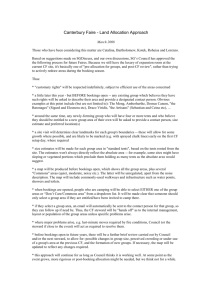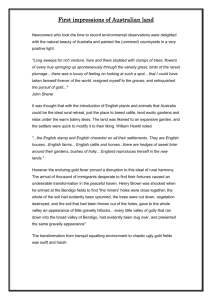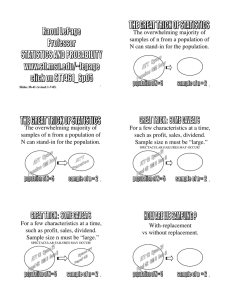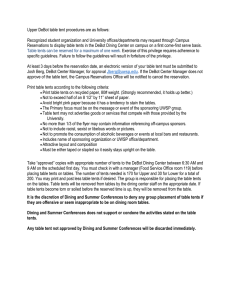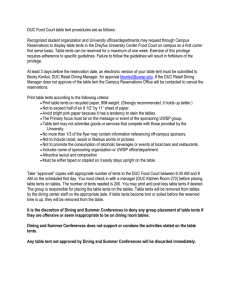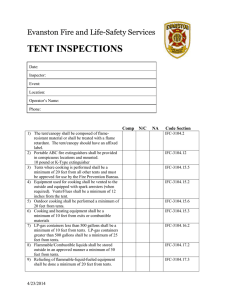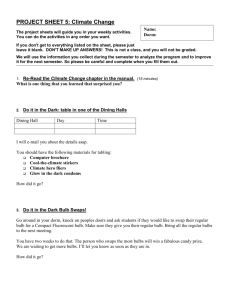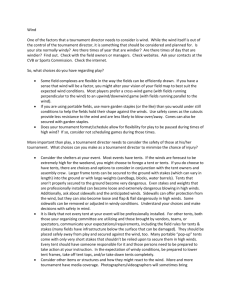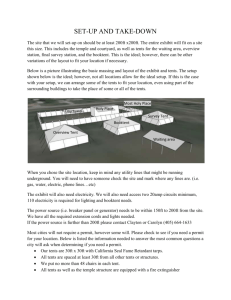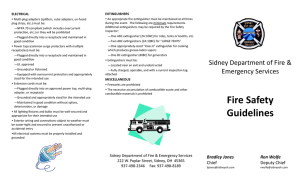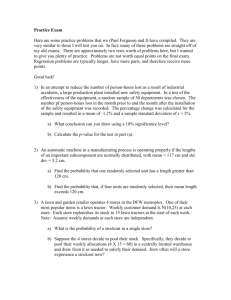The Roman Army
advertisement
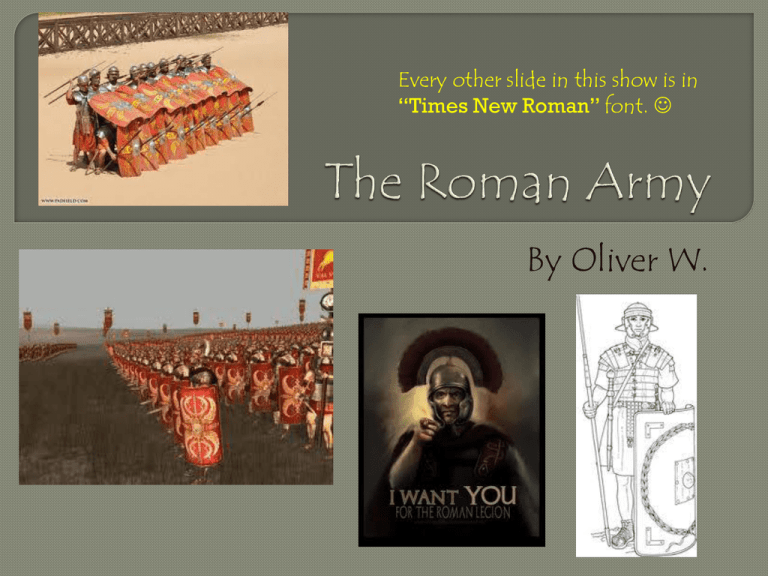
Every other slide in this show is in “Times New Roman” font. By Oliver W. The “testudo” formation • The “orb” formation • The “repel cavalry “ formation • The “wedge” formation • The “skirmish” formation • The orb was a defensive formation that is in the shape a complete circle. It would be used if a small section of an army had been branched off or if they were completely surrounded. When this formation was deployed it was nearly invincible against arrows, rocks, and other stuff being hurtled at them. The wedge formation was an aggressive formation used to separate and ‘crack open’ the enemy lines. It takes the shape of a arrow head. This formation obviously ‘repels cavalry’. It takes the form of a barrier with a slanted roof. A lot of times archers would be behind this formation picking off in coming enemy troops. This formation features a group of solders with widely spaced lines and every second man has stepped forward a few paces. This could have been used for swiftly moving towards enemies or clearing a battle field of any survivors. Legion- was made of 10 cohorts, 120 extra men, then 9 cohorts which= A total of 5,240 not including officers Contubernium- 8 men Centuria- made of 10 contubernium (80 men total) Cohorts- 6 centuria With a total of 480 fighting men This army during this time was led by Julius Cesar. It was known for its efficiency. The army of Augustus was made up of 28 legions each consisting of about 6,000 men. Augustus also raised the amount of years from 6 to 20 years! 250-378 A.D. 378-565 A.D. 2nd Century B.C. Normal Weaponry and Armor •Cassis- helmet •Lorica Segmentata- armor •Gladius- sword, 18-24in. long •Pilium- medium-length throwing spear •Scutum- shield •Red battle cloak •Sandals Stables Soldiers Tents Stables Generals quarters Soldier’s Tents Camp HQ Standards Officer’s Tents Alter Forum Soldier's Tents Bathroom Officer’s Tents Soldier's Tents Stables Stables Wooden Walls Ditch and Palisade Some of its tactics in war are still used today.
